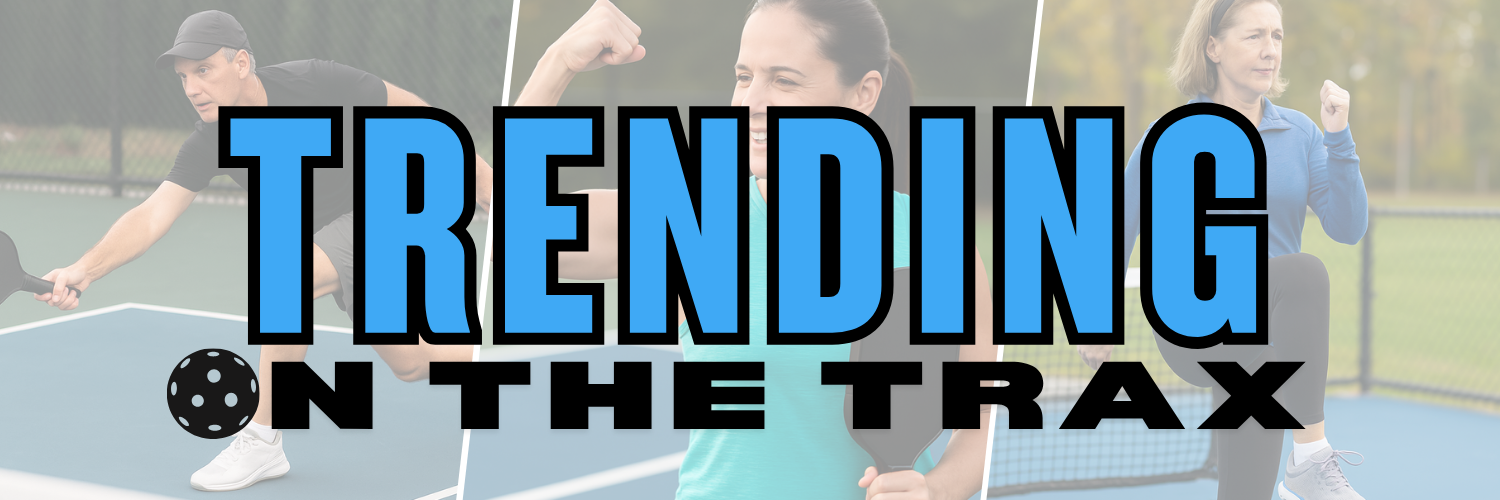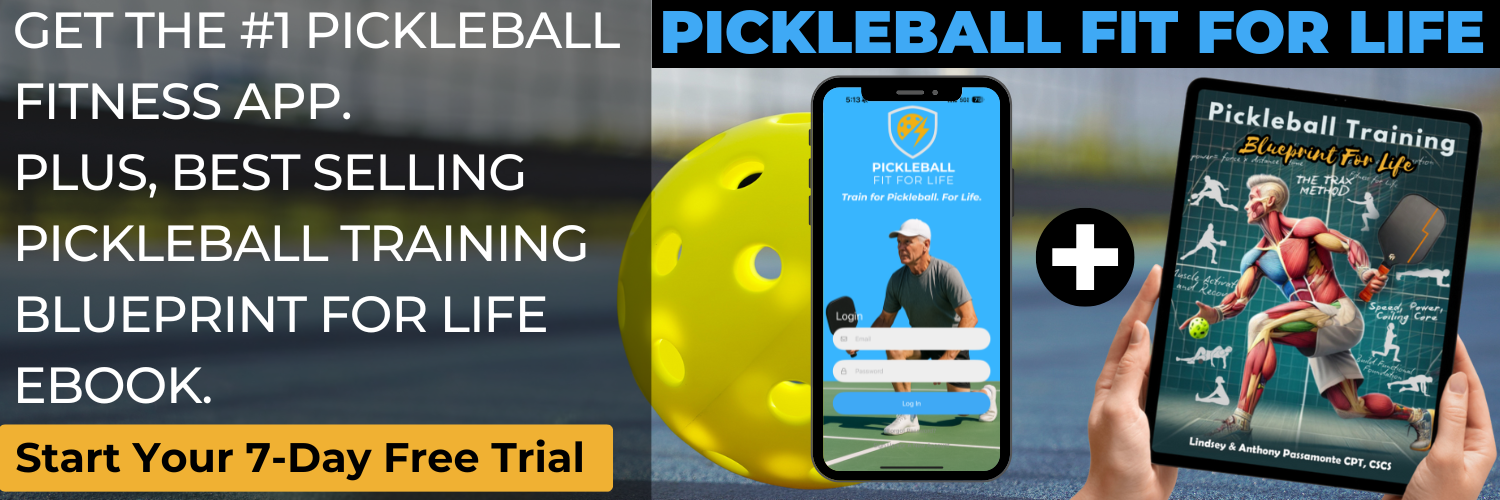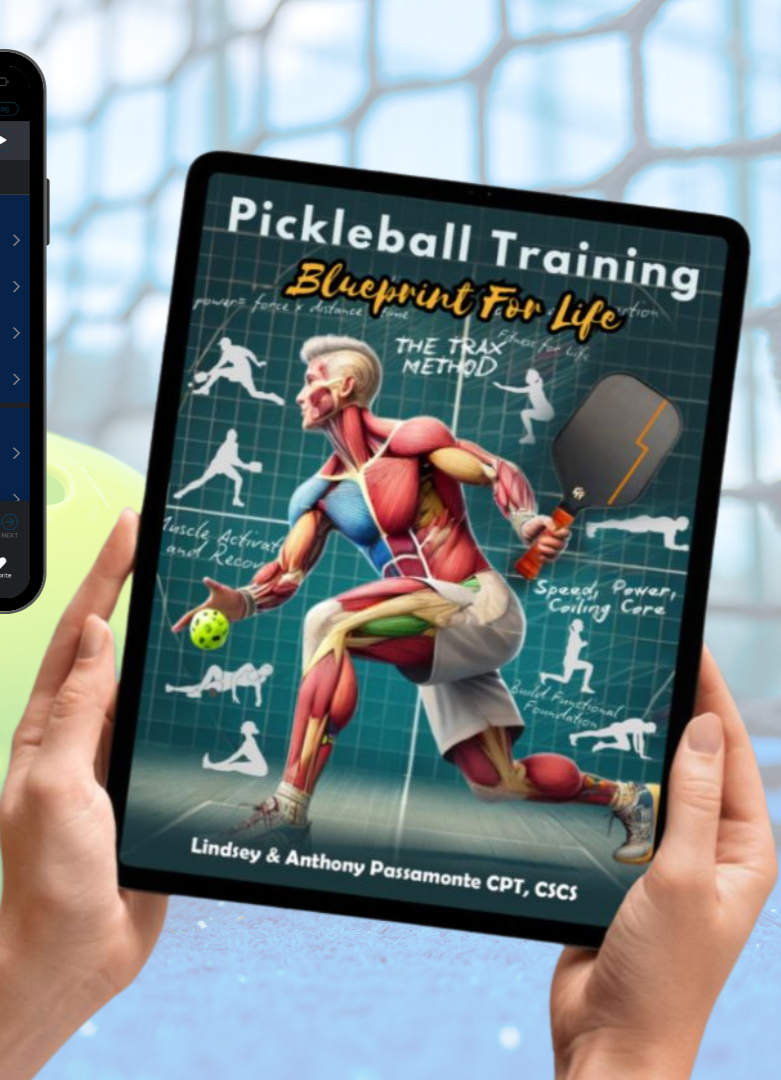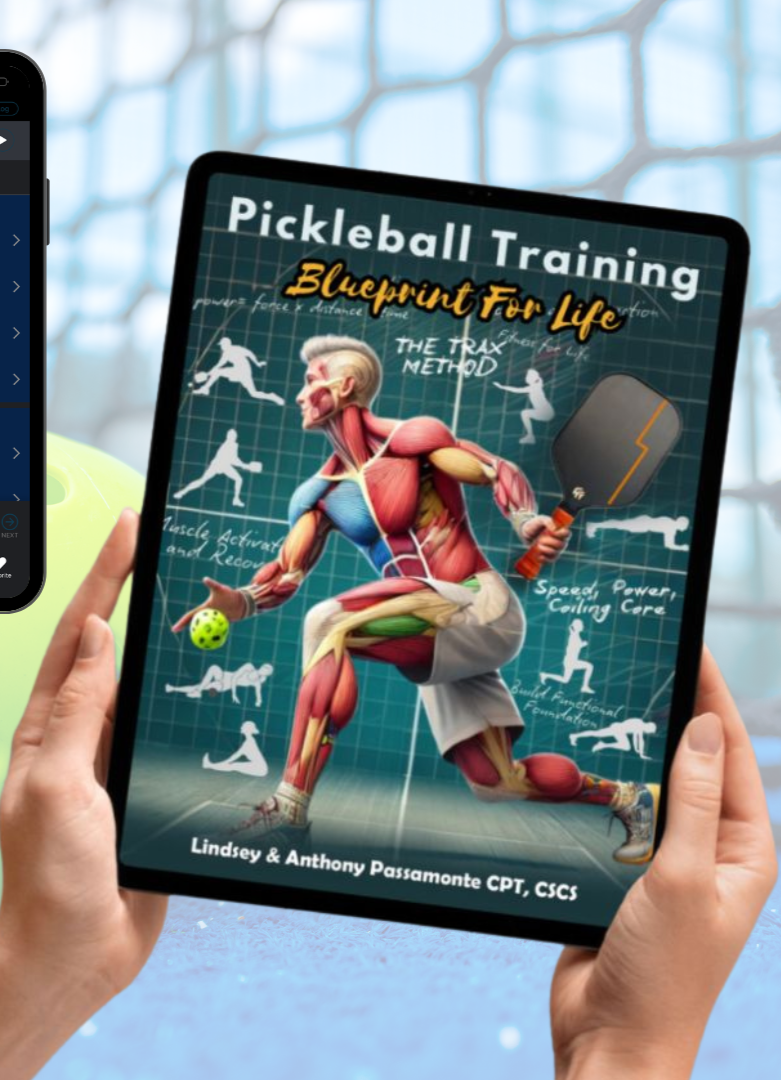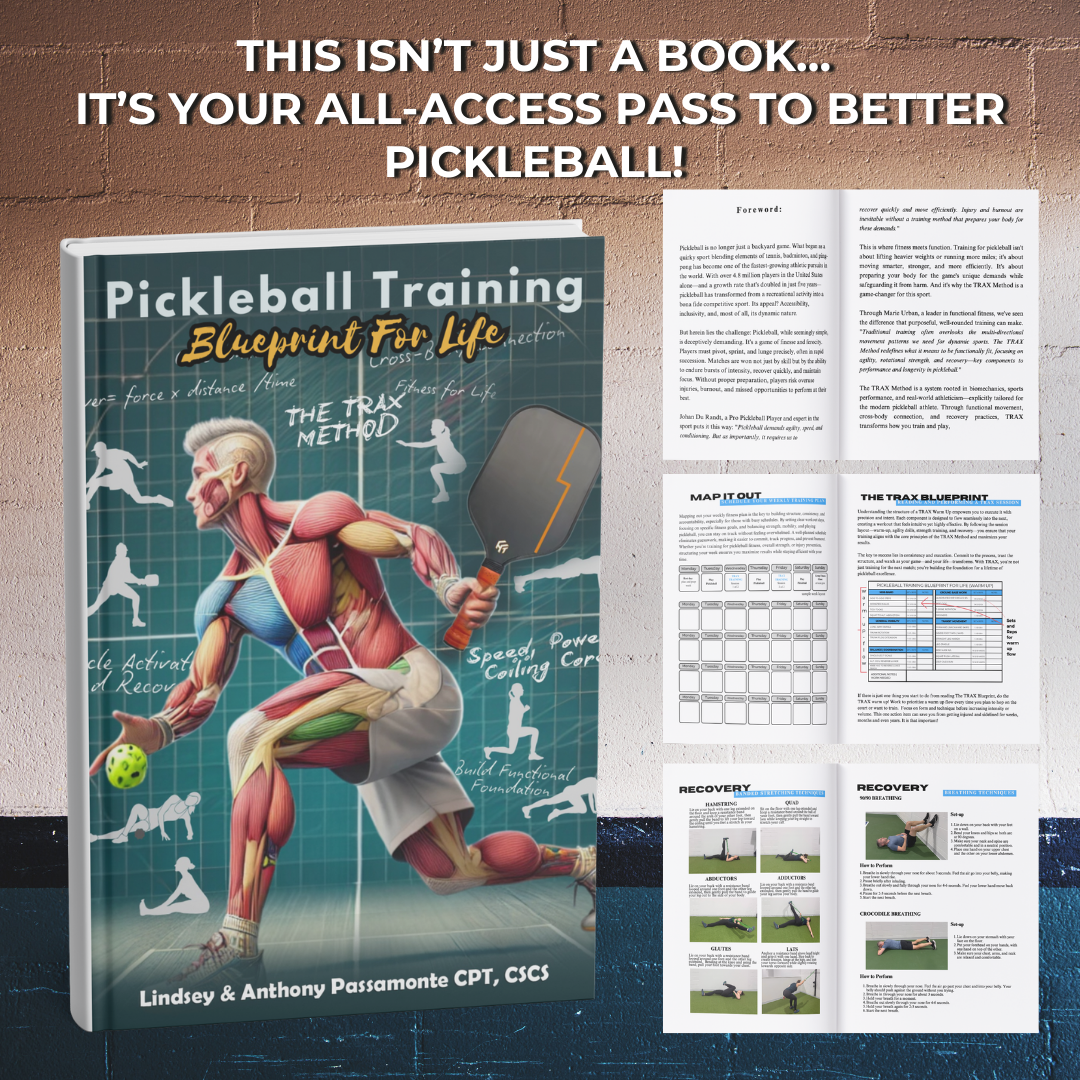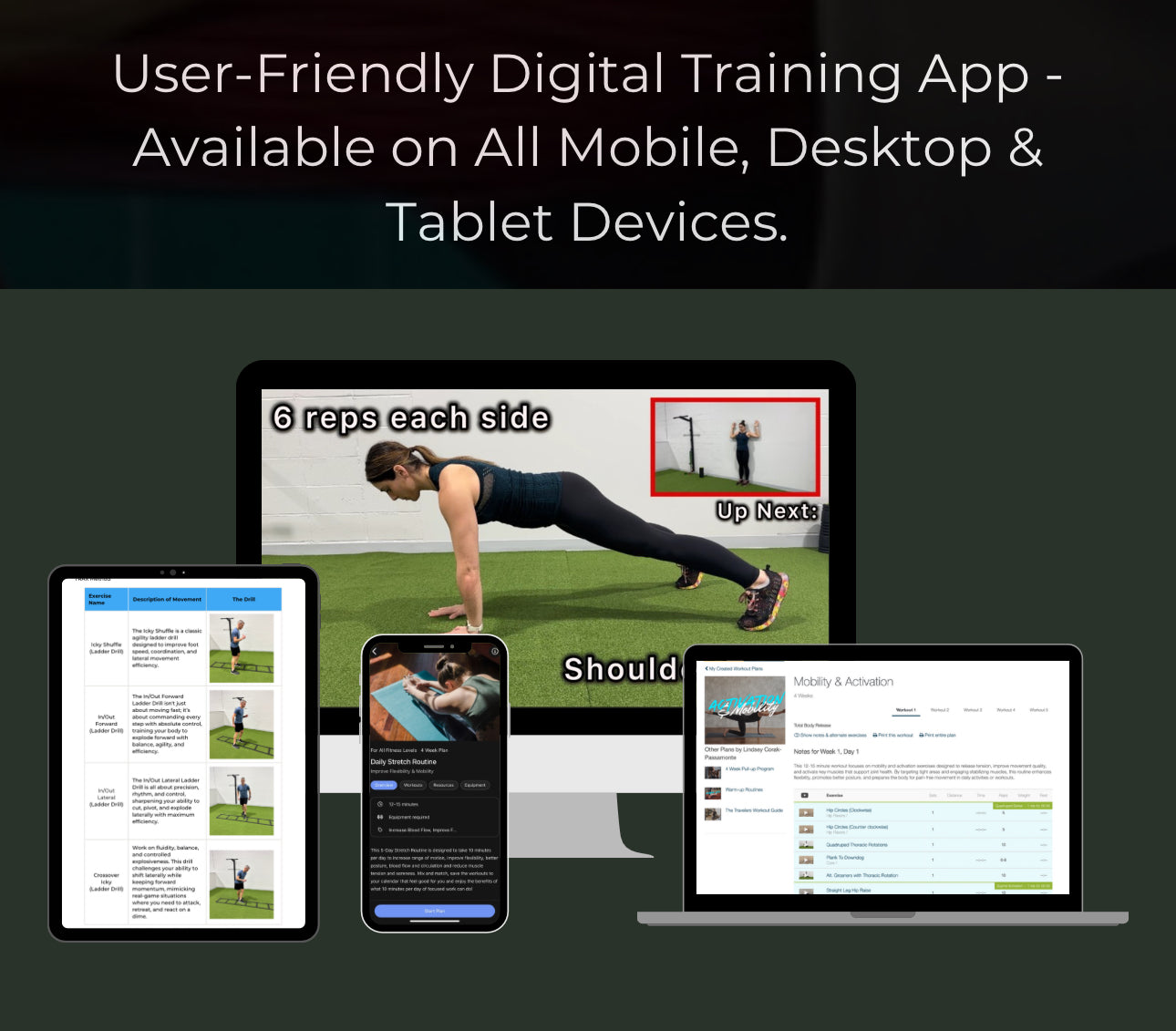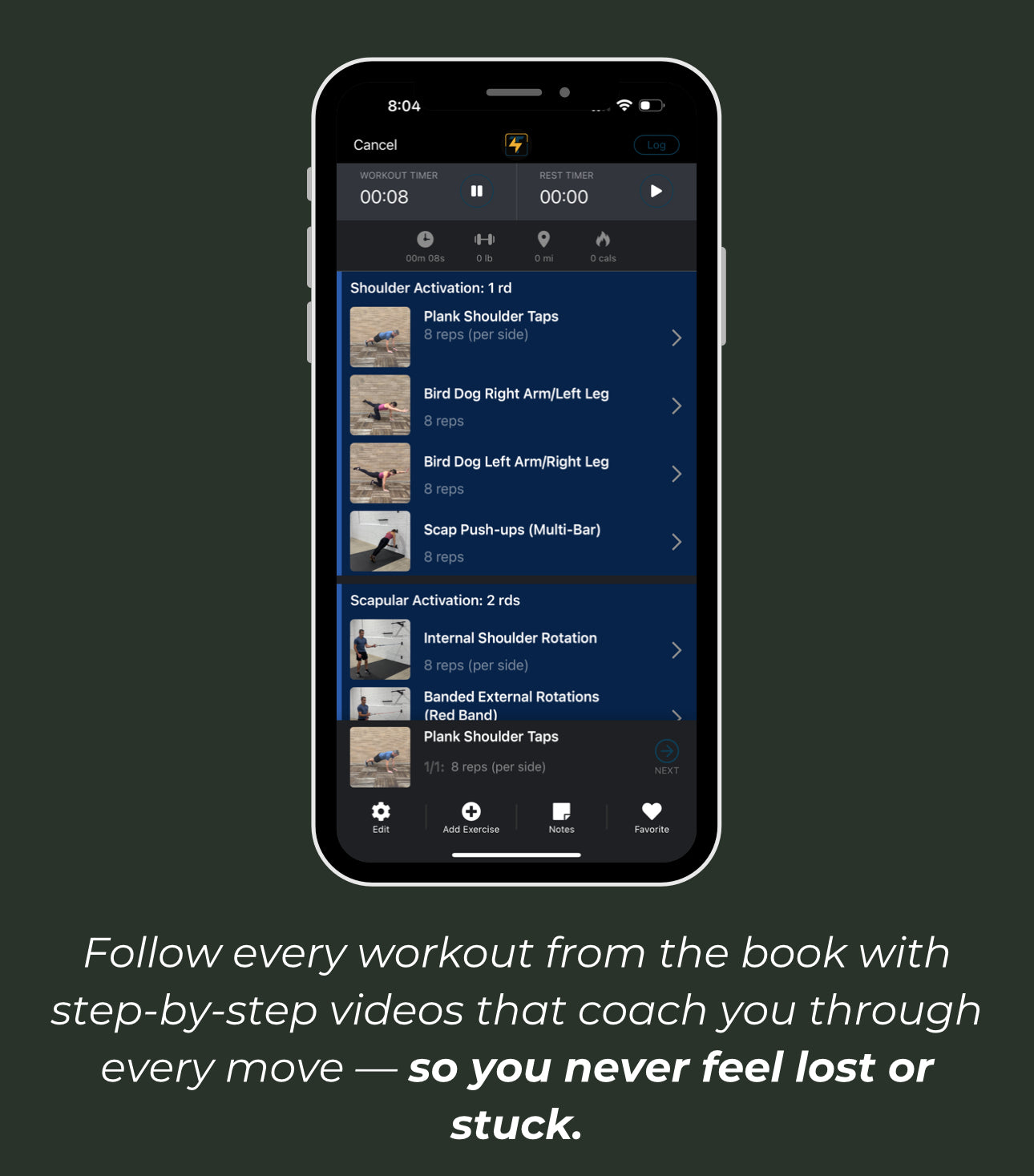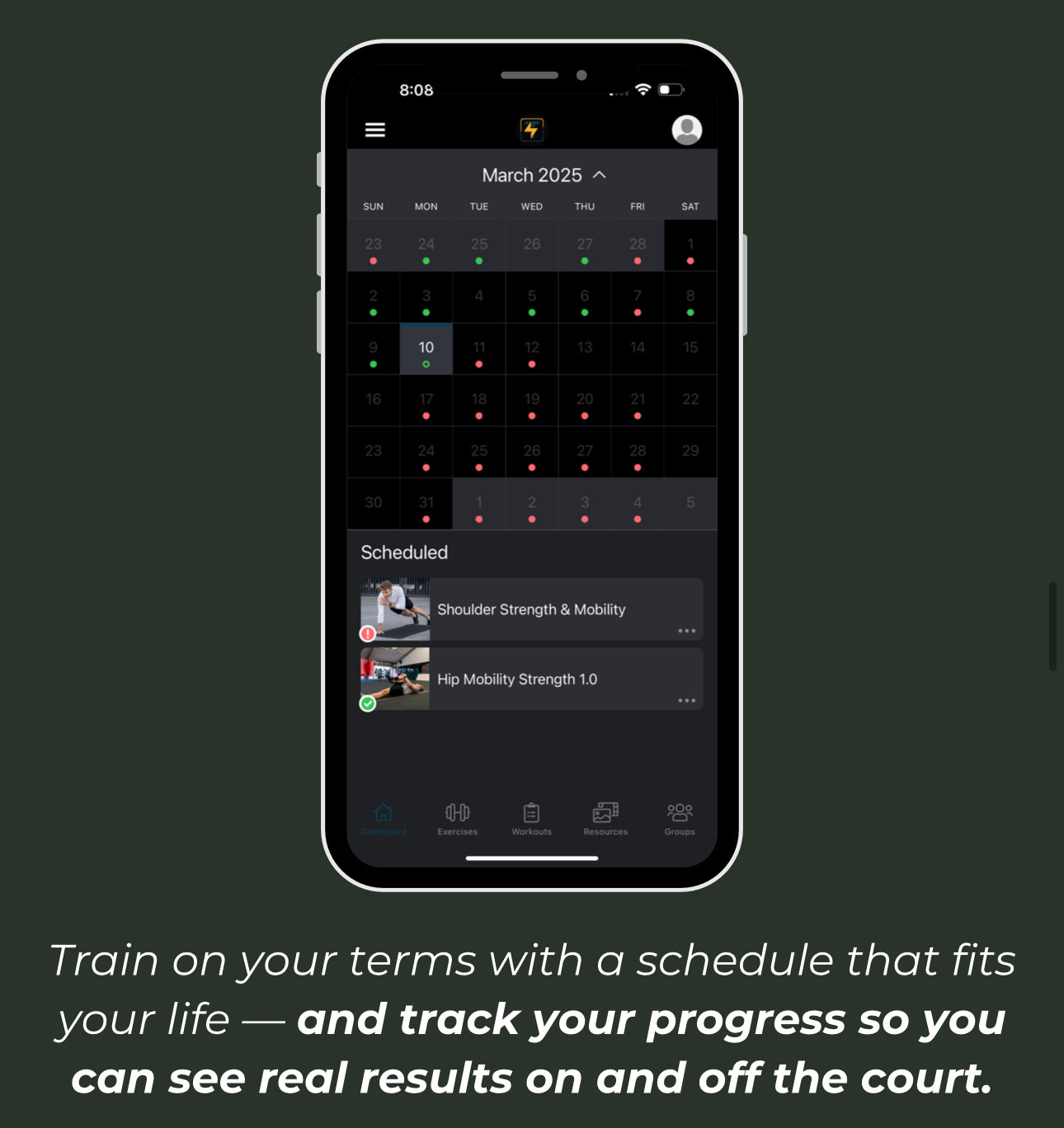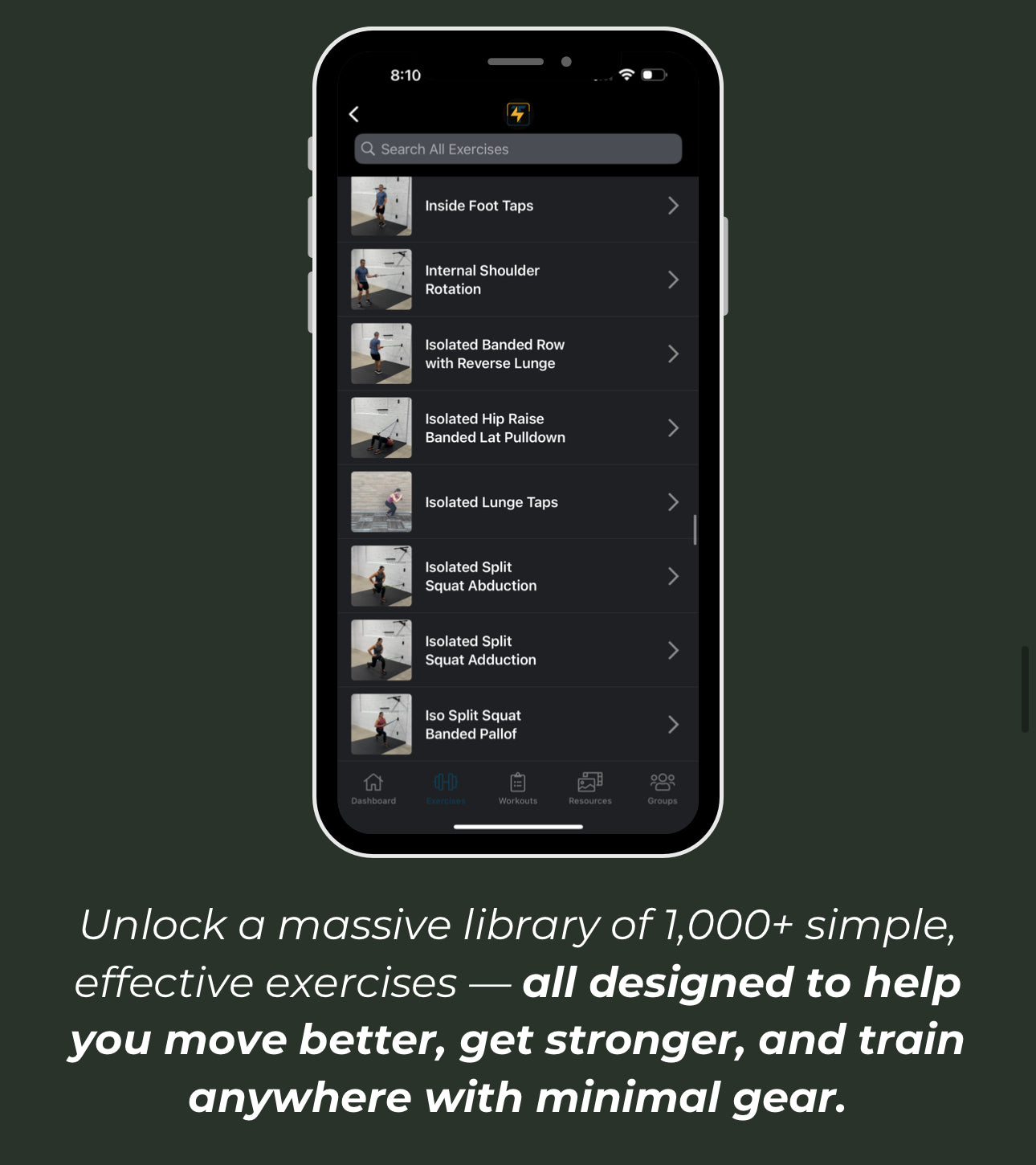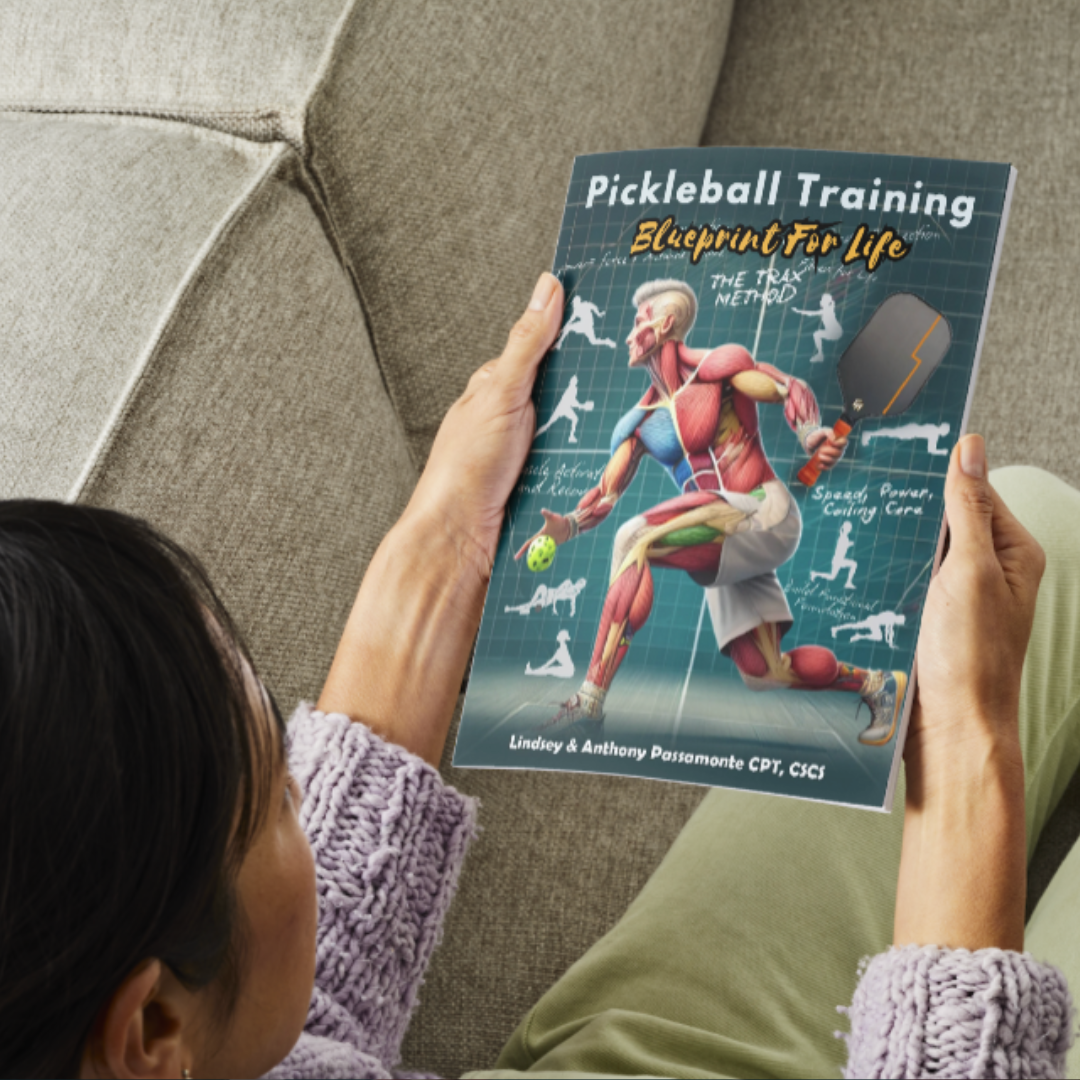If you’re hitting the gym consistently, you might assume you already have the foundation you need to perform well on the pickleball court. After all, strength is strength, right?
Not quite.
As a fitness professional, and pickleball training specialist, I’ve seen firsthand how traditional gym routines don’t always prepare the body for the specific demands of pickleball—a sport that’s exploding in popularity and drawing in players of all ages, backgrounds, and fitness levels. Whether you’re a seasoned lifter or brand new to training, shifting your approach to match the game’s needs can make the difference between feeling strong on the court or getting sidelined by an injury.
Let’s break it down.
1. It’s Not Just About Muscles—It’s About Movement
Traditional gym workouts often focus on muscle hypertrophy (building size), aesthetics, or general conditioning. Pickleball, on the other hand, is a fast-paced, multidirectional sport that demands reactive strength, balance, and agility.
You don’t need massive strength—you need smart, supportive strength.
That means:
- Neurological training: improving how your brain and body communicate for quick reaction time and coordination
- Stability and balance: especially around the ankles, hips, and core, which are crucial for movement control
- Short burst power and control: not long sets of isolation work, but dynamic movement patterns that mimic the court
2. You Still Need a Foundation—Just a Different One
There are two types of athletes we usually work with:
- The one just getting started and looking to build basic fitness
- The one who already works out regularly but isn’t seeing it transfer onto the court
Both need a foundation—but the right kind.
For the beginner, that means starting with 1–2 focused sessions per week that emphasize functional strength, mobility, and balance work.
For the seasoned gym-goer, it’s about retraining the purpose behind the workouts. You can keep the frequency you’re used to, but shift the focus:
- Swap out traditional isolated exercises (bench press, bicep curls) for integrated strength movements like revere lunge to row.
- Prioritize joint integrity and coordination over max reps or load
- Integrate agility drills, lateral movement patterns, and reaction-based training into your weekly schedule
3. Train for the Demands of Pickleball—Not for Body Composition
This is one of the hardest shifts for most people: changing the mindset.
You’re not training to just look fit anymore—you’re training to move better and play longer.
The body you build in the gym needs to serve your performance on the court:
- Can you change direction quickly and stay in control?
- Can your hips, core, and shoulders handle repeated rotation and overhead movements?
- Do you feel resilient and energized—or sore and stiff after games?
And just because you’re training for the sport of pickleball doesn’t mean you’re not training for fitness. In fact, this is fitness—the ultimate kind. The kind that’s functional. Transferable. That supports you not only on the court, but in everyday life.
This style of training builds stability, mobility, agility, and reactive strength—the pillars of how we’re meant to move. It’s fitness for performance. Fitness for longevity. Fitness that works.
4. Recovery Matters More Than Ever: Sleep, Stress, Hydration, and Nutrition
Pickleball might feel like a “light” sport, but the cumulative stress on your body is real—especially if you’re over 40.
Recovery isn’t just about a rest day. It’s about creating an environment where your body can adapt to training and stay injury-free. That means:
- Hydration: proper fluid balance helps prevent cramps, joint pain, and fatigue
- Nutrition: fuel your workouts and your recovery with clean proteins, healthy fats, and carbohydrates that support energy—not just aesthetics
- Sleep: it’s not optional—it’s where your body repairs, your brain resets, and your performance levels up
- Stress management: high stress equals tight muscles, poor reaction time, and slower recovery
You don’t have to ditch your current gym routine—but you do need to evolve it.
Pickleball is a sport that rewards coordination, quick thinking, controlled power, and longevity—not just brute strength or cardio endurance. Build a body that can keep up with the sport—not just for today’s match, but for the next 10 years.
Your new training goal?
Stay strong. Stay balanced. Stay in the game.
And let your training serve every part of your life.
Looking for a place to start or reset your training foundation. Our Pickleball Training Blueprint For Life will help you establish your starting point by ASSESSING your limitations/imbalances that could be causing restrictions or become a future injury, ADDRESSING those limitations with the foundational movements needed to close those gaps, and how to PROGRESS into a structured training program that fits your lifestyle.
Get Started Today: Learn More About The Pickleball Training Blueprint

